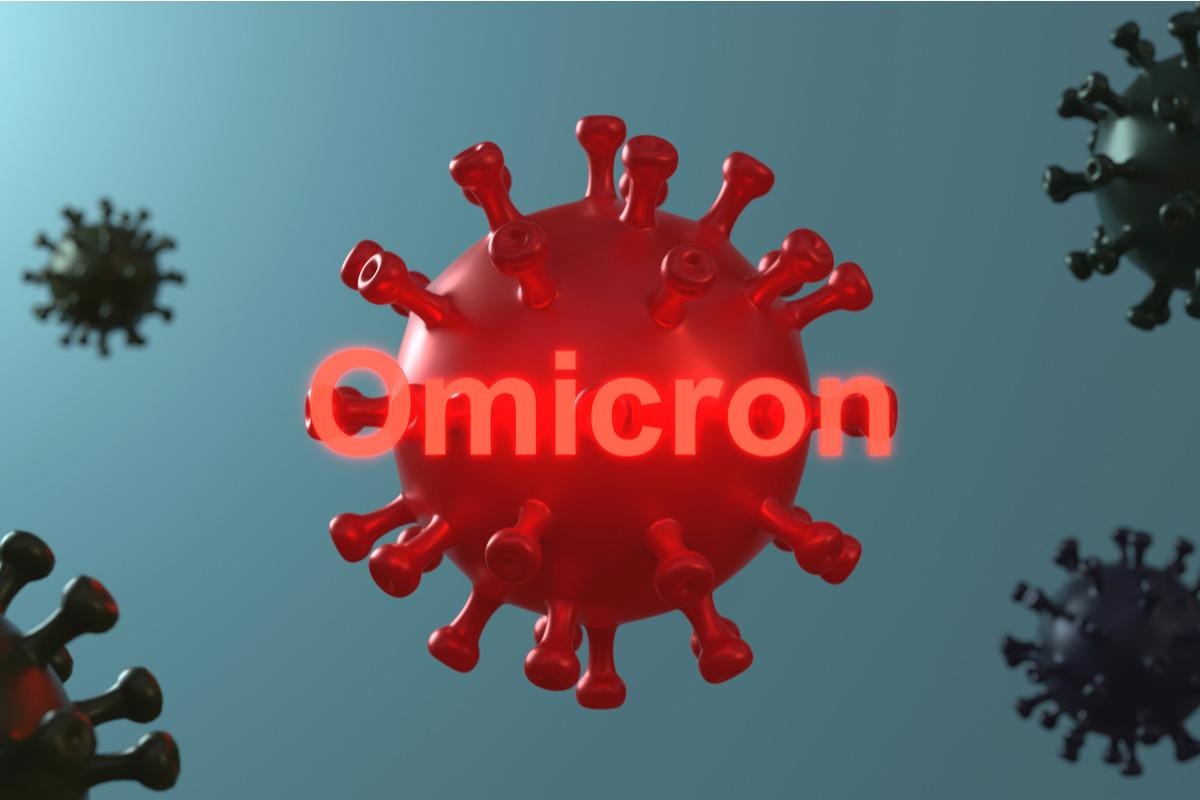Association between booster breakthrough infections with the SARS-CoV-2 Omicron variant and time-since-vaccination
A recent study posted to the medRxiv* preprint server assessed the waning efficacy of the BioNTech/Pfizer BNT162b2 messenger RNA (mRNA) vaccine against the severe acute respiratory syndrome coronavirus 2 (SARS-CoV-2) Omicron variant of concern (VOC).

Various studies have demonstrated the waning effectiveness of the short-term immunity induced by two doses of the BNT162b2 coronavirus disease 2019 (COVID-19) vaccine. Reports of breakthrough SARS-CoV-2 infections have further necessitated the administration of a third (booster) dose of the mRNA vaccine. However, the extent and duration of vaccine-induced protection need extensive research.
About the study
The present study performed a retrospective analysis to examine the correlation between breakthrough SARS-CoV-2 Omicron infections and the period passed since administering a booster dose.
The study involved individuals 16 years and older who received a minimum of two BNT162b2 vaccine doses by 1 August 2021, excluding individuals with a COVID-19-positive polymerase chain reaction (PCR) test. The team obtained demographic data including gender, age, residential socioeconomic geographical statistical area (GSA), and comorbidities and COVID-19-related data, including dates of administration of vaccines, related hospitalizations, SARS-CoV-2 PCR results, and related mortality reports. The study participants were classified into different groups, representing varying periods post-vaccination.
Two SARS-CoV-2-related outcomes were evaluated: 1) the number of breakthrough infections, defined as COVID-19-positive reverse transcription-PCR (RT-PCR) assay performed seven days or more after the latest vaccine dose, and 2) the manifestation of severe disease, defined as either COVID-19-related hospitalization or related death.
All the participants were matched 1:1 based on their gender, age, GSA, week of PCR-testing, and month of receipt of second vaccine dose. The study involved a test-negative case-control design with COVID-19 cases defined as patients with a PCR-positive result or with severe SARS-CoV-2 manifestation. At the same time, controls were PCR-negative individuals with neither a positive-PCR test nor related hospitalization of their matched patient nor whose PCR test was not performed since the fourth vaccine dose administration, if any.
The team also performed three additional analyses, including a sensitivity analysis that assessed the occurrence of breakthrough infections caused by booster vaccines. This second sensitivity analysis eliminated potential selectivity bias of excluding PCR tests of early vaccinees and repeated performance of the main analysis with a different reference group to evaluate the marginal effectiveness of the booster vaccine as compared to the second dose.
Results
The study results showed that 546,924 SARS-CoV-2 PCR tests were collected from 389,265 participants from 1 January to 21 January 2022. In the follow-up period, 101,737 booster breakthrough infections and 482 breakthrough infections causing hospitalizations and deaths were observed.
Among the participants who received the third dose in August and December 2021, the team found 30,870 and 1082 breakthrough infections, 208 and 4 related hospitalizations, and 9 and zero deaths, respectively. Patients administered with only two vaccine doses had 16,938 infections and 122 related hospitalizations.
A total of 110,918 cases and controls were matched in the 1:1 ratio to analyze breakthrough infections, while 562 cases and controls were matched for severe COVID-19 analysis. Among participants vaccinated in December 2021, vaccine effectiveness (VE) was 53.4%, with a subsequent decline of 35.7% for participants vaccinated in November 2021 and 16.5% for those vaccinated in October 2021.
The sensitivity analyses resulted in an estimated VE similar to that in the main analysis. The third additional analysis involved 128,854 individuals for the analysis of breakthrough infections and 722 persons for the analysis of severe COVID-19 occurrences. Among these, the marginal effectiveness of the booster dose administered in December 2021 was 59.4%, with the effectiveness reducing from 72.2% to 54.5% three and five months after booster vaccination, respectively.
Conclusion
The test-negative case-control study found a significant decrease in VE in each subsequent month post-booster dose vaccination, while the marginal protection induced by the third dose compared to the second dose was less significant over months after receipt of the booster dose.
Moreover, a time-dependent waning of VE with an initial increase in efficacy was observed more notably after the booster dose than the second dose. The researchers believe that the present study is crucial to prompt discussions regarding COVID-19 vaccination policies to develop booster doses and their administration.
*Important notice
medRxiv publishes preliminary scientific reports that are not peer-reviewed and, therefore, should not be regarded as conclusive, guide clinical practice/health-related behavior, or treated as established information.
Patalon, T. et al. (2022) "Waning Effectiveness of the Third Dose of the BNT162b2 mRNA COVID-19 Vaccine". medRxiv. doi: 10.1101/2022.02.25.22271494. https://www.medrxiv.org/content/10.1101/2022.02.25.22271494v1
Posted in: Medical Science News | Medical Research News | Disease/Infection News
Tags: Assay, Coronavirus, Coronavirus Disease COVID-19, covid-19, Efficacy, immunity, Mortality, Omicron, Polymerase, Polymerase Chain Reaction, Research, Respiratory, RNA, SARS, SARS-CoV-2, Severe Acute Respiratory, Severe Acute Respiratory Syndrome, Syndrome, Transcription, Vaccine

Written by
Bhavana Kunkalikar
Bhavana Kunkalikar is a medical writer based in Goa, India. Her academic background is in Pharmaceutical sciences and she holds a Bachelor's degree in Pharmacy. Her educational background allowed her to foster an interest in anatomical and physiological sciences. Her college project work based on ‘The manifestations and causes of sickle cell anemia’ formed the stepping stone to a life-long fascination with human pathophysiology.
Source: Read Full Article
